Pelvic Floor Therapy
Pelvic Floor Physical Therapy is a specialized treatment designed to address the symptoms of pelvic floor dysfunction, whether it be from pregnancy, childbirth, low back pain, or prolapse. There are many causes of dysfunction or pain in the pelvic floor and physical therapy is a safe and effective treatment.
Your pelvic floor is an integral part of you. It helps support your pelvic organs like the bladder and uterus, helps manage the pressure in your abdomen, like when you need to pick something up or exercise. It plays an important role in sexual function and it supports your bowel and bladder control.
A number of issues can be treated with pelvic floor therapy, including:
- Interstitial cystitis
- Urinary incontinence, frequency, or urgency
- Painful sex or pain in the genital region
- Pelvic organ prolapse
- Pregnancy and postpartum wellness
- Pelvic floor dysfunction in menopause
- Pregnancy-related pain
- Endometriosis
- Pain in the pelvic, abdominal, or low back regions
- Diastasis Recti
Did you know pelvic floor therapy can help children as well? Children can also be affected by pelvic floor dysfunction. That includes bedwetting, daytime incontinence, and constipation. Our therapist is not only trained in pelvic floor therapy for women but for children as well. As a pediatric therapist, she loves helping children and families to reduce their stress at home and help children reach their full potential without worry.
But what does pelvic floor therapy really consist of?
Your first consultation will consist of a one-on-one, private session with our therapist. She will review your (or your child’s) medical history, your habits, diet, symptoms and when they began, what treatments you may have tried already, and how your life has been affected. A physical exam may include a postural evaluation, assessment of your spine, pelvis, and hips including range of motion, strength, and flexibility tests.
With your consent only, your therapist may recommend an internal exam of the pelvic floor muscles. This will allow her to assess if the muscles are tight, weak, or tender. She can assess skin integrity and areas of inflammation. This may also become a treatment method, including manual therapy techniques to release tense muscles or provide feedback to strength muscles of the pelvic floor.
Your treatment plan will be designed specific to you and your goals. It may include stretches, strengthening of the pelvic floor, core, and hips, breathing exercises to help manage abdominal pressure, and behavioral and diet changes.
It is never too late to address your (or your child’s) symptoms. Contact us today with any questions and to schedule your consultation.


